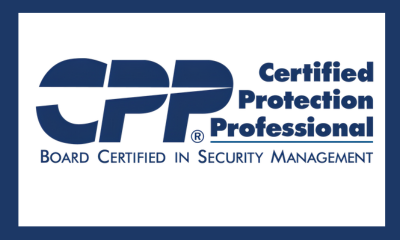Incident response planning, along with Security Information and Event Management (SIEM) and log management, are crucial components of an effective cybersecurity strategy.
Incident response planning involves developing a structured approach to address and manage security incidents. It includes defining roles and responsibilities, establishing communication channels, implementing incident detection and response tools, and documenting response procedures. By having a well-defined incident response plan, organizations can minimize the impact of security incidents, mitigate risks, and swiftly recover from cyberattacks.
SIEM and log management involve the collection, analysis, and monitoring of security event logs and data from various sources within an organization's network. SIEM solutions centralize log data, correlate events, and generate alerts for potential security incidents. Log management focuses on the storage, retention, and analysis of logs for compliance purposes and forensic investigations. These technologies enable organizations to identify and respond to security incidents in real-time, detect suspicious activities, and gain insights into potential vulnerabilities or threats.
Together, incident response planning, SIEM, and log management provide organizations with the necessary capabilities to proactively detect, respond to, and mitigate security incidents, enhancing the overall security posture and resilience of the organization.
















